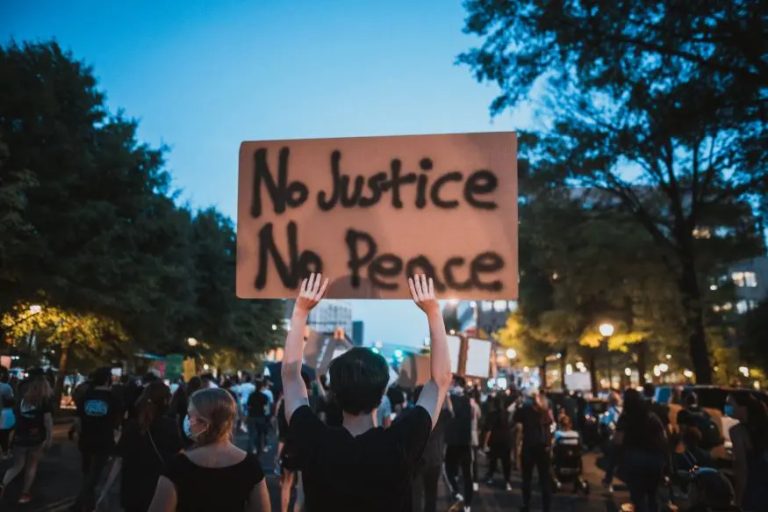Civil Disobedience and Social Media: A Toxic Combination
Background
The United States has witnessed a significant uptick in civil unrest and riots during the past decade. Many reasons have contributed to these events. Civil rights violations, a desire for social change, political and religious movements, and calls to action by community leaders. What is worthy of attention is the speed at which these events can be organized and the number of people that can be mobilized to participate in the protest (Hua et al., 2013).
These organizers engage the many social media platforms such as Facebook, Twitter (now known as “X”), and TikTok, and gain unprecedented, immediate access to an unlimited audience with little or no oversight. Social media has changed the paradigm of civil disorder by giving organizers access to news, information-sharing, and real-time platforms. This ability has proven very effective, as we have seen over these last three or four years. Security professionals must be able to respond to these events with the necessary resources with little or no warning. The speed at which these groups can organize and stage potentially violent and destructive protests should be alarming.

Security Considerations
Considerations
- Security Managers must have access to current and actionable intelligence.
Current and actionable intelligence leads to more accurate and timely decisions that improve performance and outcomes. Intelligence is the key to reacting to and controlling the security environment in favor of the client. Security providers that are not actively pursuing intelligence are operating in the dark.
- Standby or rapid on-call security officers trained in crowd control and de-escalation techniques.
- Physical barriers that can be in place promptly.
The use of permanent physical security barriers has increased since the terrorist attacks of 9/11. Physical barriers control the movement of vehicles and individuals and can help protect against blast damage. For rapid responses to riots and civil unrest, portable barriers also help direct pedestrian traffic and block access to facilities or events and can be set up and moved to other locations as needed. Barriers can deny access and allow security staff to control larger areas with less staff. Two security guards can cover a larger front when a barrier is used.
What security concerns do you have?
Contact Teachout Security Solutions for a security analysis that identifies your strengths and weaknesses to help you determine the appropriate combination of security services. For a consultation, training, or service inquiry, call (800) 747-0755 or email us at info@teachoutsecurity.com to discover the best way to protect you, your staff, and your assets.
Author: Michael Morgan M.A. Doctoral Candidate, Teachout Security Solutions Training & Corporate Compliance Officer

